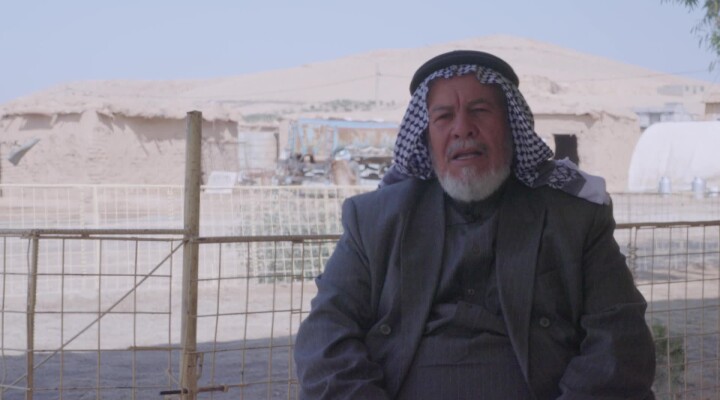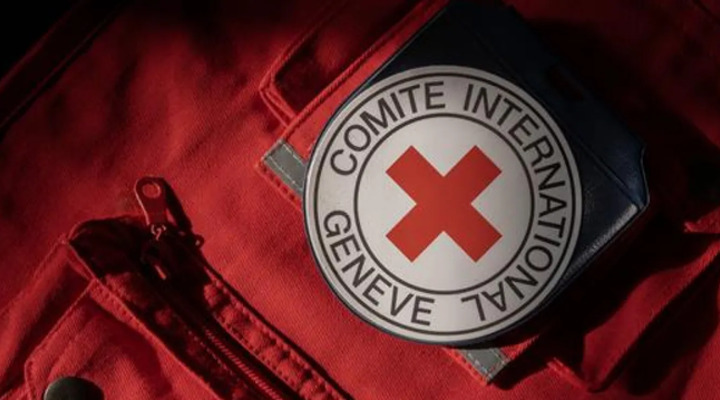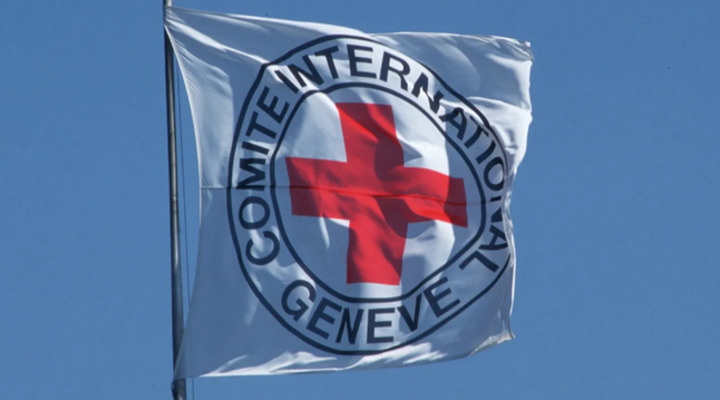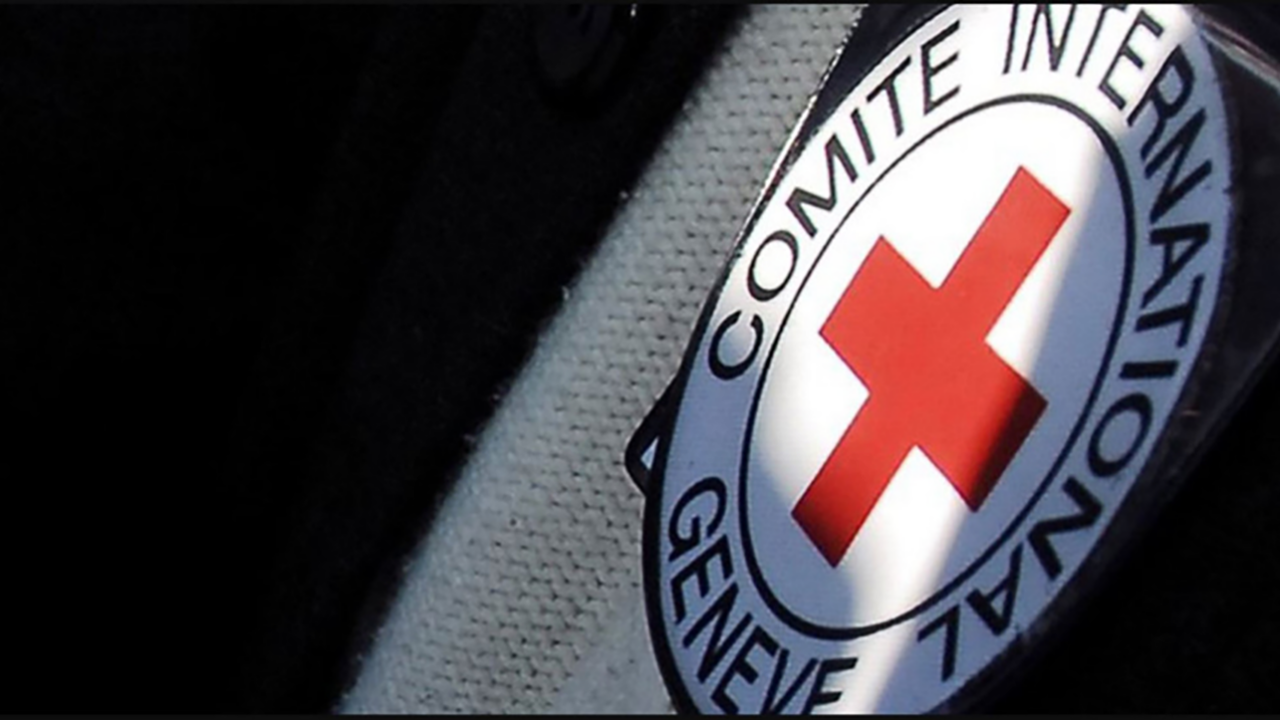Gazans struggle for access to clean water
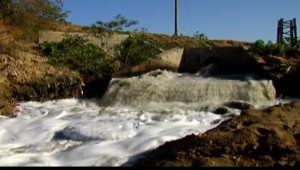
This is a modal window.
Every day, thousands of litres of untreated wastewater are dumped into the Wadi Gaza River. The polluted water snakes through urban areas on its way to the sea, jeopardizing the health of the many families living on its banks, contaminating the coastline and endangering biodiversity. Sixteen sewage outfalls in the Gaza Strip lead directly to the sea.
Public health and the environment will continue to be at risk until the long-term development of the sanitation sector is ensured and the polluted water cleaned up.
The failure, or poor maintenance, of wastewater networks increases the risk of waterborne diseases; and the consequences for large population centres in the Gaza Strip - such as Gaza City, Rafah and Khan Younis - are likely to be serious. Dr Jamal El Tayeb, of the Al-Nasser Paediatric Hospital, explains: "Wastewater has a severe impact on the health of children. If they live and play near dirty water they are in danger and they are also exposed to amoebae and giardia, which are the two most common parasites living in polluted water."
Governments and pertinent authorities should ensure that people in conflict zones have access to safe and clean water, to decent sanitation, and to adequate environmental health conditions - which is contingent on the continued functioning of water distribution networks, drains, sewage works and other infrastructure.
Local efforts to provide people with even the most basic services are hampered by restrictions on the import of construction materials. These restrictions, imposed by the Israeli authorities at the beginning of the closure in June 2007, were eased last year. However, spare parts and materials essential for construction and maintenance are still scarce in the Gaza Strip.
ICRC engineers working on a project to rehabilitate the Rafahwastewater treatment plant had to improvise solutions to a number of problems. The closure had created a shortage of cement, which was overcome by using concrete segments of the old Rafah border wall that lay abandoned after its partial demolition in January 2008. Today, the Rafah project serves 180,000 people, inhabitants of the city and its surroundings. It was completed with the assistance of the Coastal Municipalities Water Utility and the municipality of Rafah. The plant treats wastewater before it reaches the sea.
Marco Albertini, the ICRC engineer in charge of the project, says: "It's a great challenge to carry out construction projects in the Strip, as building materials cannot be imported. The water and sanitation infrastructure in Gaza is in dire need of a comprehensive upgrade. To provide 1.5 million inhabitants with adequate facilities it is absolutely essential that materials such as cement, steel and water pipes are allowed in."
Gaza faces a serious shortage of fresh water, but wastewater-treatment technology makes it possible to use treated water for agricultural purposes such as the irrigation of specific crops and trees. Treated water could also be used to replenish Gaza's aquifer.
The quality of water is deteriorating rapidly. Much of the water from the Gaza aquifer is undrinkable, with nitrate and chloride levels up to seven times above the level set by the World Health Organization.
Two B-Rolls can be previewed and downloaded as MPEG2 files; or download 'All Videos' for both simultaneously.
Download dopesheet in English, French or Arabic to read more
